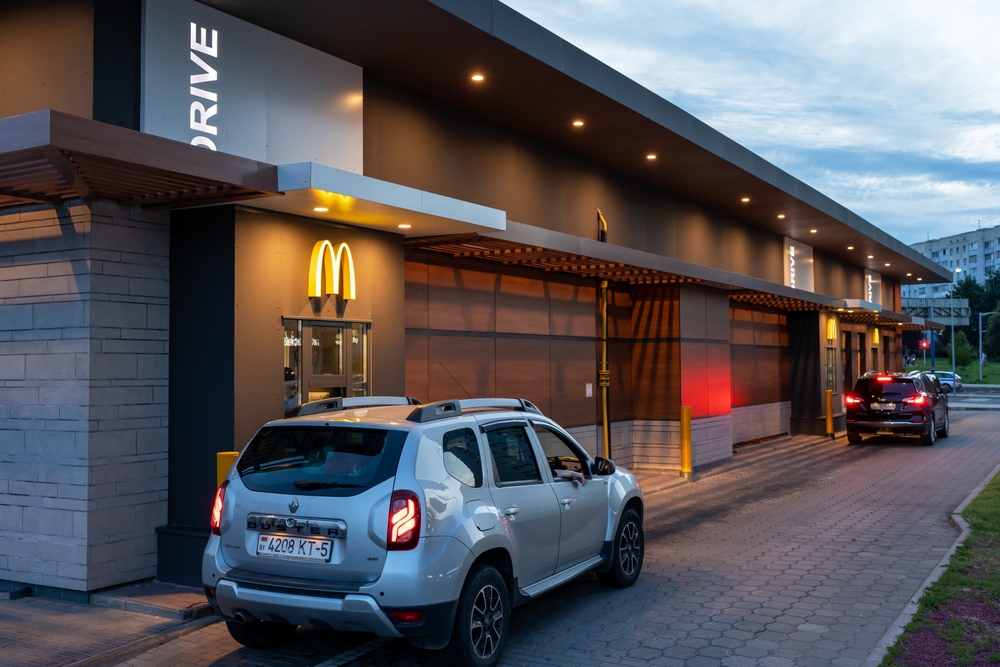Ask people where they use self-service kiosks, the most common answer you will get is likely to be supermarket checkouts or fast food restaurants. Make a list of the top 10 answers, and we wouldn’t be surprised if they were all examples of indoor settings.
But that doesn’t mean kiosks are for indoors only. In fact, most of us already use outdoor kiosks regularly as part of our daily routines. Pay-at-the-pump options at petrol stations, for example. Or drive-thru at previously-mentioned fast food restaurants.
It may be the case that with a lot of outdoor kiosk deployments, people still don’t see them as kiosks. For example, a lot of use cases revolve around ticketing, opening up the whole ‘what’s an ATM versus what’s a kiosk’ debate. Certainly, ATMs for things like car parks and public transport have been around for a long time, pre-dating what we conventionally view as kiosks.
But many of these examples are now adopting kiosk features and functionality. Does the ticketing machine at your local train station now have a touchscreen, for instance? If it looks like a kiosk and functions like a kiosk…
In any case, as we see with drive thru ordering points, these outdoor use cases are not all about ticketing. We’re starting to see the different ways kiosks are deployed outdoors multiply rapidly. Fundamentally, kiosks represent a wonderfully flexible technology that can be adapted for a vast range of purposes, whether they are located indoors or outdoors.
Resilience, Flexibility and Innovation
The only significant difference between an indoor and outdoor kiosk is that outdoor versions have to be weather-proof. But that’s easy enough to achieve through choice of materials, design and build approach. With that extra bit of resilience, you can deploy outdoor kiosks to do everything indoor kiosks can do.
That means outdoor kiosks share all the same benefits, too. They provide an extra option, and therefore an added level of convenience, to customers. Self-service takes some of the weight off staff, freeing them to do other things and helping businesses make efficiency gains with their staffing resources. Indoors or out, kiosks are a real asset at times of peak demand, helping to reduce wait times and increase throughput.
Kiosks also give organisations more flexibility in terms of how and where they can engage with customers. This is particularly true of outdoor kiosks. It gives businesses an opportunity to rethink customer journeys, and the points of contact available along them, in a physical sense.
A good example is public transport. Having ticket kiosks by the entrance to a train platform, say, means passengers don’t have to divert to a ticket office. And you have less risk of large crowds congregating in the same place at peak times.
But it gives operations of all types a chance to get creative. Instead of a member of staff touting for passing trade, restaurants could deploy interactive digital menus that allow passers-by to book a seat there and then. In shopping centres and retail parks, joint ordering points for all the concessions could allow shoppers to purchase items for later collection – giving them more time to enjoy the leisure and hospitality amenities instead of wandering around the various shops.
In summary, then, outdoor kiosks are very much for everyone. As with kiosk technology full stop, the only limitation is your imagination.




